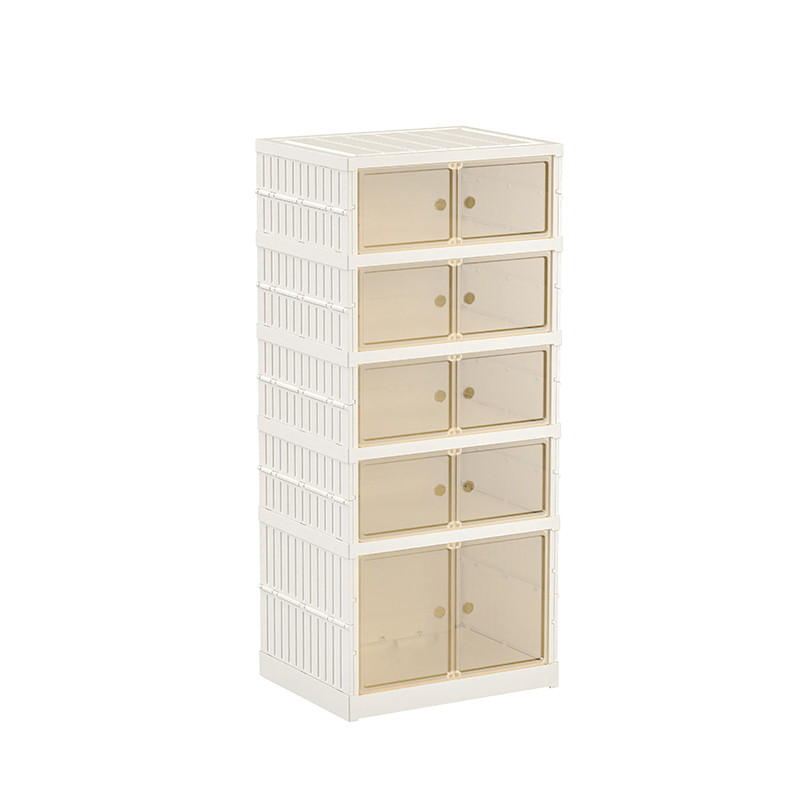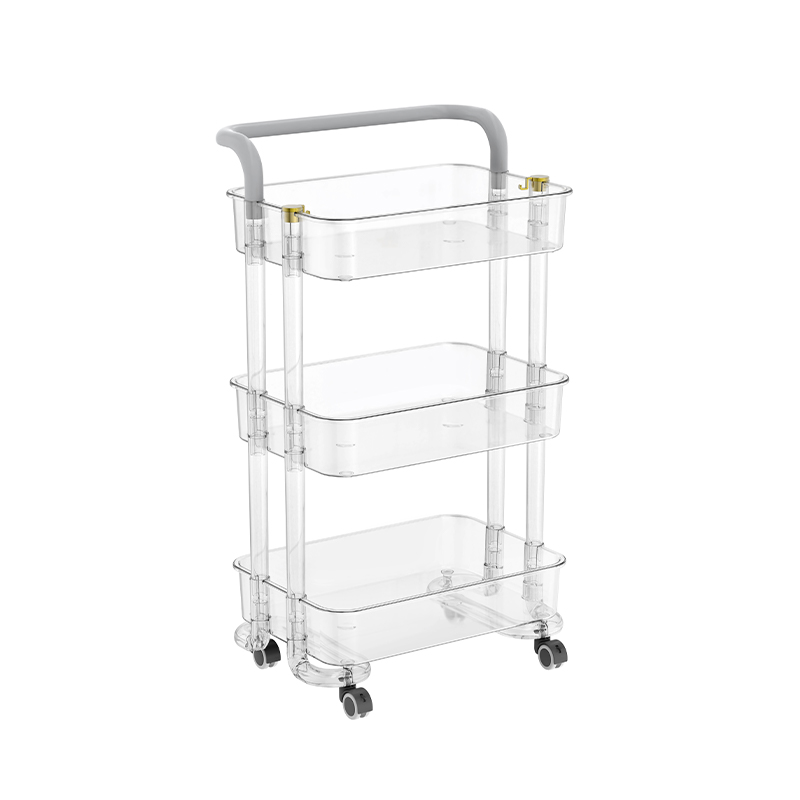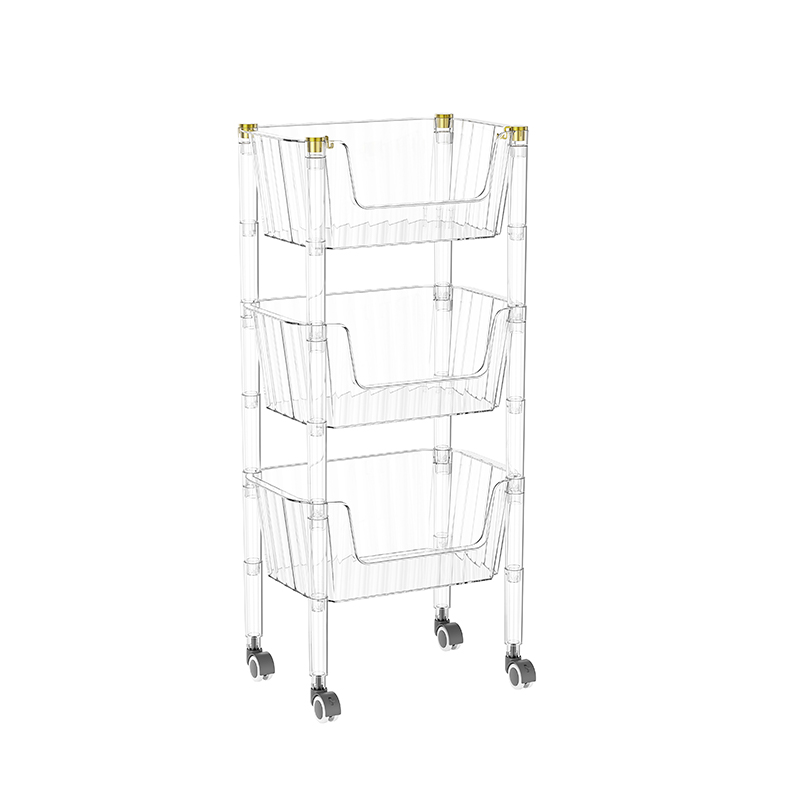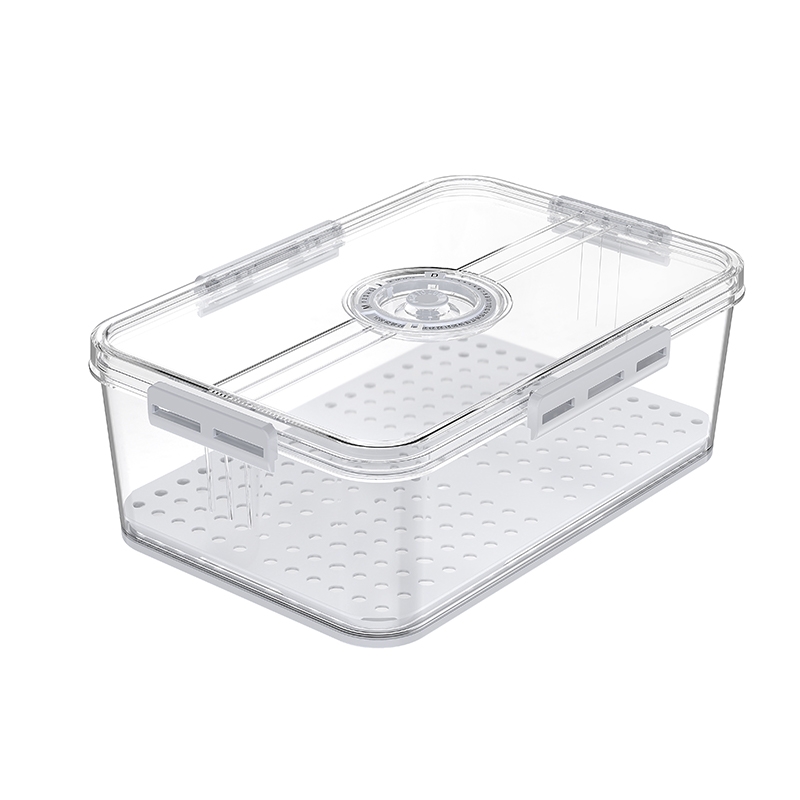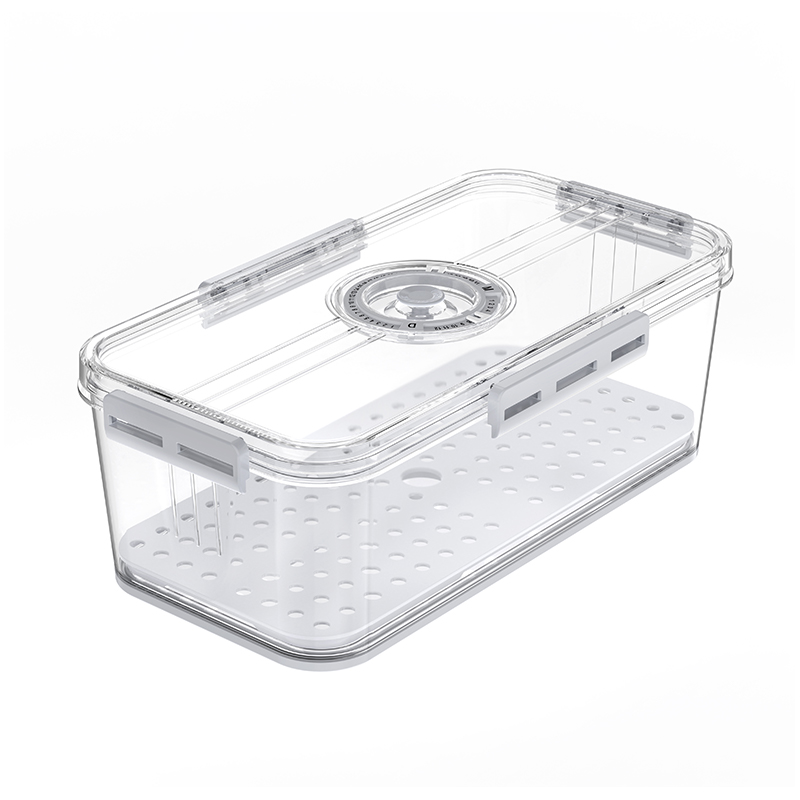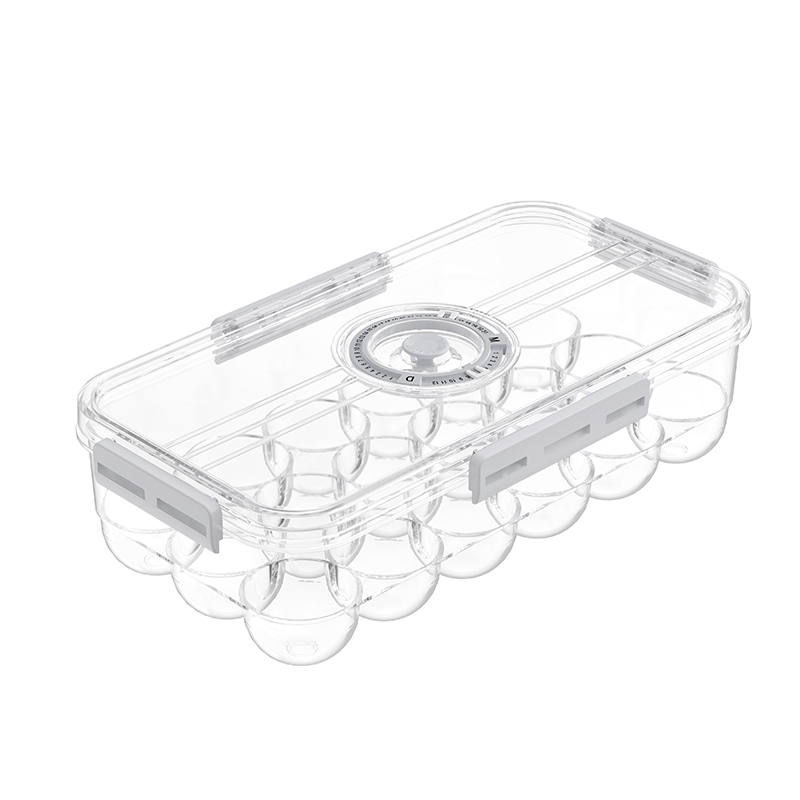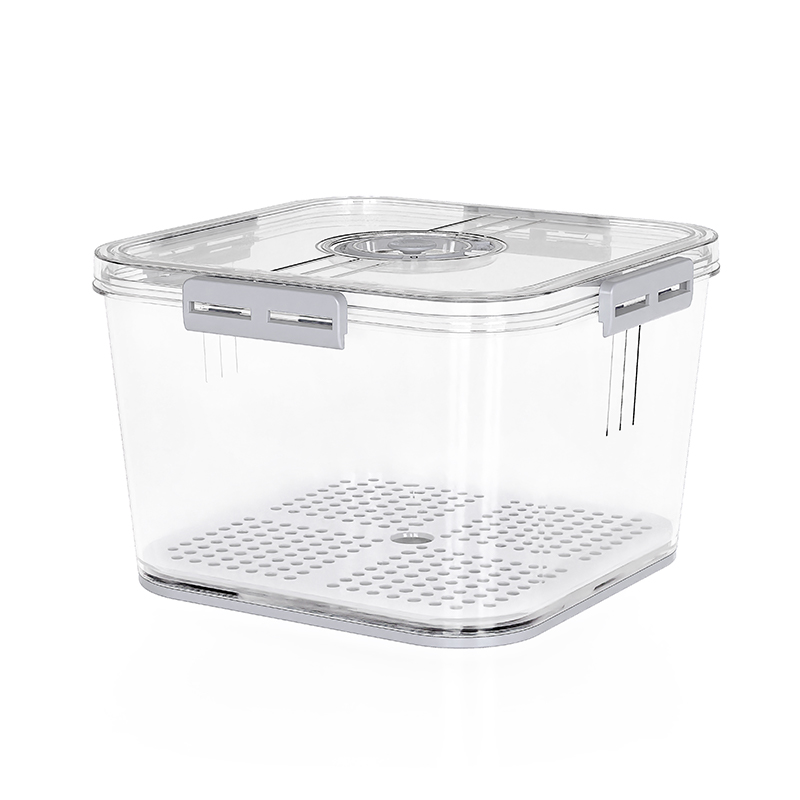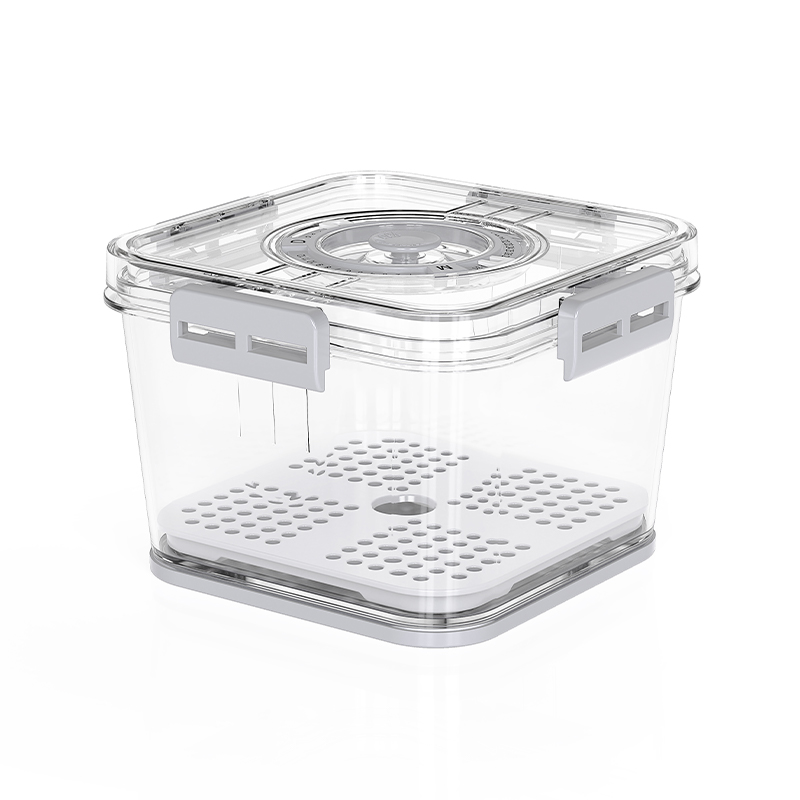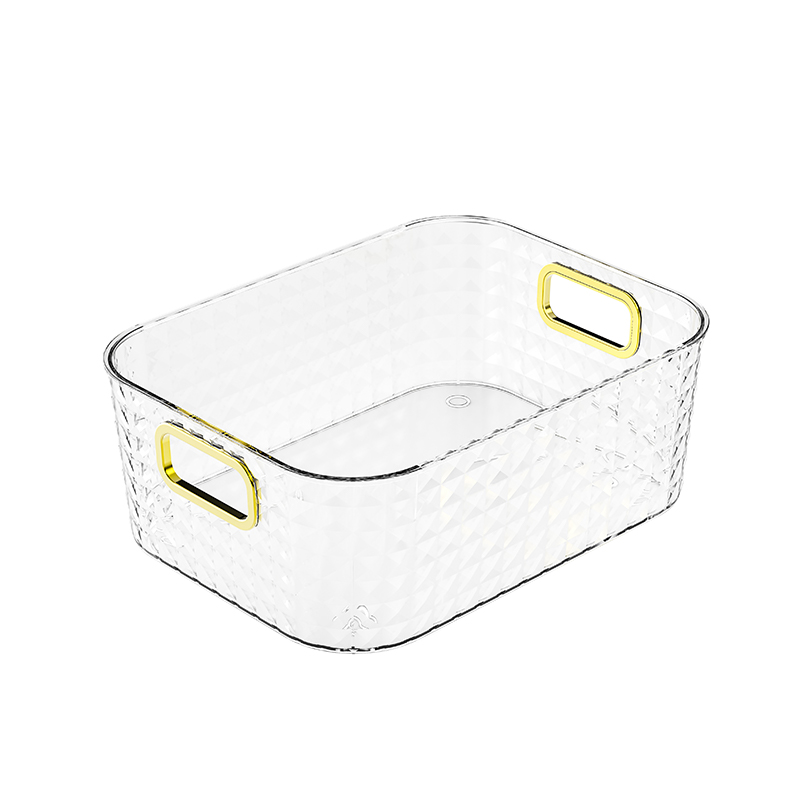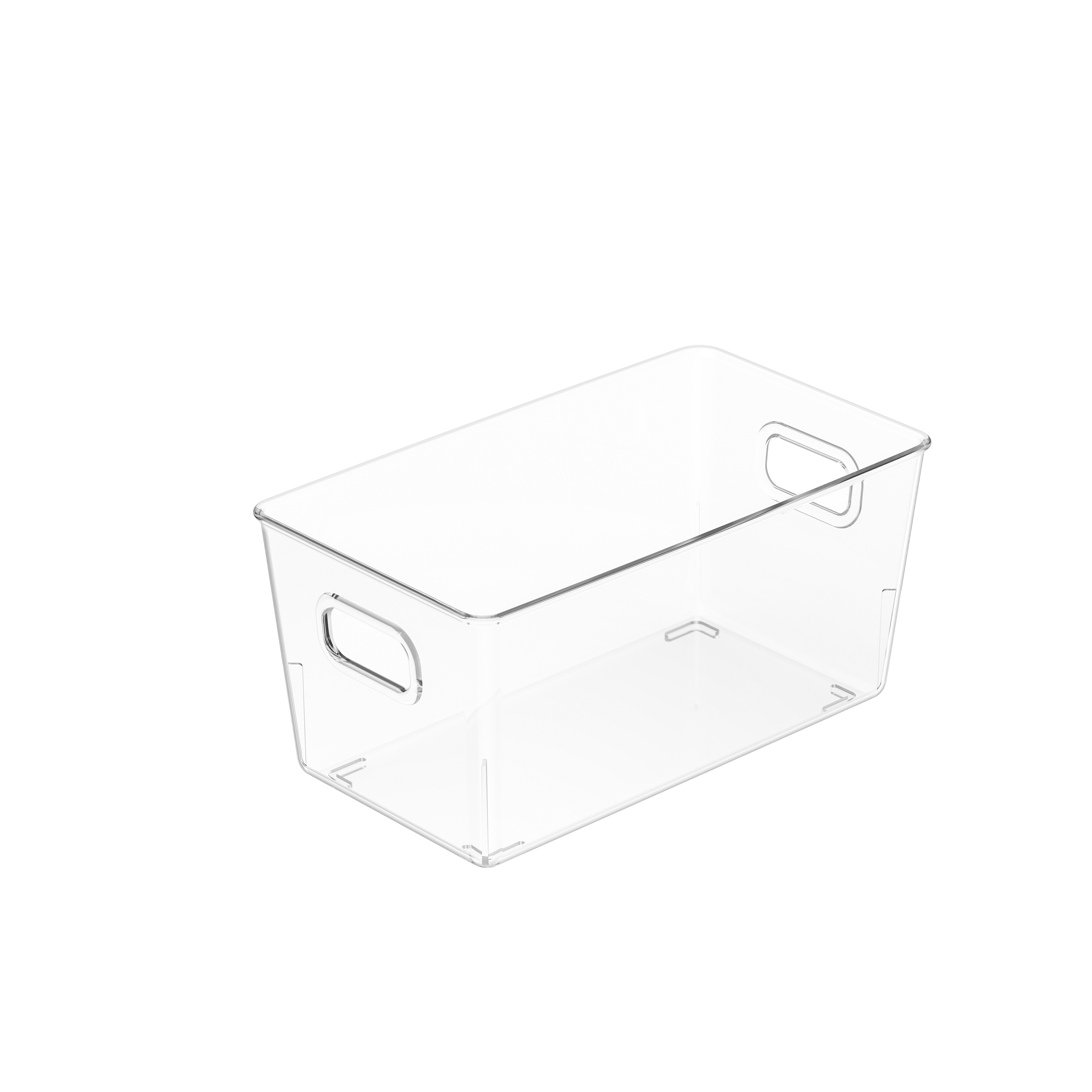In real life and industrial applications, large rectangular storage boxes are widely used in warehousing, transportation, home storage, outdoor work and other scenarios due to their large capacity, neat stacking and flexible use. However, in the context of increasingly complex environmental conditions, whether the storage box can maintain structural stability in extreme environments of high and low temperatures has become a factor that users pay special attention to when purchasing.
The structural stability of the storage box is closely related to its manufacturing material. Common materials include plastics, metals and composite materials. Among them, plastic storage boxes are more popular due to their light weight and low cost, but their performance under high or low temperature conditions is significantly different. Under high temperature conditions, plastic materials are prone to softening and deformation. If the material itself is not heat-resistant, it may even crack or collapse on its surface if it is exposed to the sun or high temperature space for a long time. In low temperature environments, some plastic materials may become brittle due to thermal expansion and contraction, resulting in cracking or collision damage. Therefore, in order to adapt to different temperature conditions, manufacturers usually choose polymer materials with good heat and cold resistance, such as high-density polyethylene or polypropylene, and add stabilizers to enhance their temperature resistance.
Storage boxes made of metal are relatively more adaptable to temperature, with a sturdy structure and not easy to deform. In a high temperature environment, even if the surface temperature of a metal storage box rises, its overall structure remains stable and is not prone to physical damage. However, metals also have certain problems. For example, the thermal expansion and contraction of metals is more obvious at low temperatures, and joints such as screws and welds are susceptible to stress and become loose. In addition, metal materials are prone to oxidation in humid or frequently temperature-different environments, so coatings are usually added or stainless steel materials are used during the manufacturing process to improve their overall stability.
Storage boxes with composite materials or double-layer structures are a way to provide solutions in high and low temperature environments. This type of structure usually uses a combination of different materials for the outer shell and the inner liner, leaving a certain gap in the middle to buffer the direct impact of the external temperature and reduce the heat conduction rate, thereby effectively improving the overall environmental adaptability. Storage boxes that are used more outdoors are often combined with anti-ultraviolet treatment technology to avoid light and heat aging under high temperatures, while enhancing anti-freeze and anti-cracking capabilities, so that they can still maintain their performance in environments with seasonal changes and large temperature differences between day and night.
In addition to the temperature resistance of the material itself, the structural design of the storage box also plays an important role in stability. Reasonable rib support, balanced force structure, anti-deformation cover, and effective locks and sealing devices all help to maintain the integrity of the overall box under the influence of thermal expansion and contraction, and reduce problems such as component misalignment and gap expansion.
Home / News / Industry News / Will large rectangular storage boxes remain structurally stable in high and low temperature environments?

